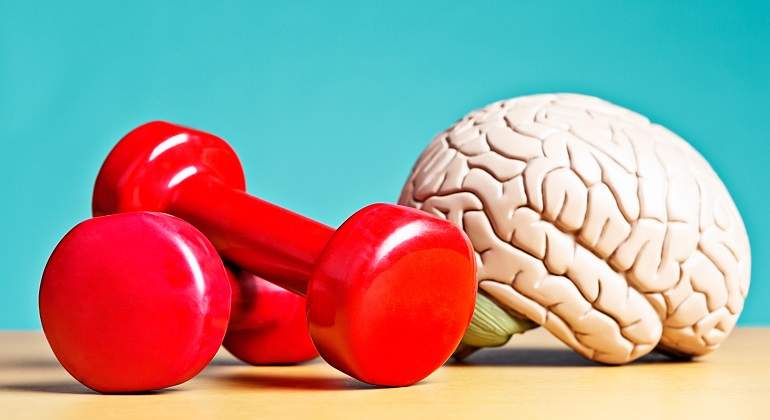
Exercise and Mental Health
Physical exercise refers to any series of movements performed by the muscles of our body that generate energy expenditure. The activities that can be performed are walking, dancing, running, or cycling; an specific sport isn’t necessary to be active.
There are multiple benefits of exercising. We must consider that a large portion of non-communicable diseases that affect us as a society are due to hypokinesia (low mobility). We have previously mentioned the importance of maintaining a daily physical routine to improve health, take care of body weight, increase muscle strength, and reduce the risk of chronic diseases and cancer. However, it has also been proven that one of the greatest benefits is its effect on mental health.
It can help reduce the symptoms of certain diseases such as anxiety and depression, as well as reducing stress, improving sleep, self-esteem and one’s mood.
The mechanisms involved are the activation of neurotransmitters during physical activity, such as serotonin, dopamine, and endorphins. Which are related to happiness, well-being, and sensation of pleasure. As well as the increase of the blood circulation in the brain after exercising and its influence on the hypothalamic-pituitary-adrenal axis, the limbic system (which controls motivation and mood), and the amygdala.
Another explanation of the benefits is the feeling of self-efficacy that exercise emits in the person, the distraction and social interaction that comes from going out to perform a physical activity.
Aerobic exercises have been shown to have a greater impact on people suffering from depression, its benefits are evident and have been proven by studies. Doing 30 minutes of moderate-intensity physical activity at least 5 times a week is enough to present changes in mood.
Exercise is the best antidepressant that exists and at the same time it is the one least used. Exercise should be prescribed as medicine, to do it correctly sport medicine doctors consider different factors depending on the needs of each patient:
- Type of exercise: Aerobic, anaerobic or mixed
- Duration per session: Minutes, miles or laps
- Number of sessions per day or per week.
- Intensity: Mild, moderate, or intense.
Example: Denisse does Karate training, which is a mixed sport with predominantly anaerobic activity, each session is 60 mins. and she goes to the dojo for 2 sessions per week where she practices with moderate intensity. But she complements her exercise by going for a continuous (aerobic) run for 30 minutes, 3 times a week at a moderate intensity.
The sum of these activities is known as volume and it will be important to calculate the weekly energy expenditure per exercise as well as the recovery and rest times in order to prevent injuries.
To find out more about how you practice your sport or how to improve your sports performance, visit your sports medicine doctor.
